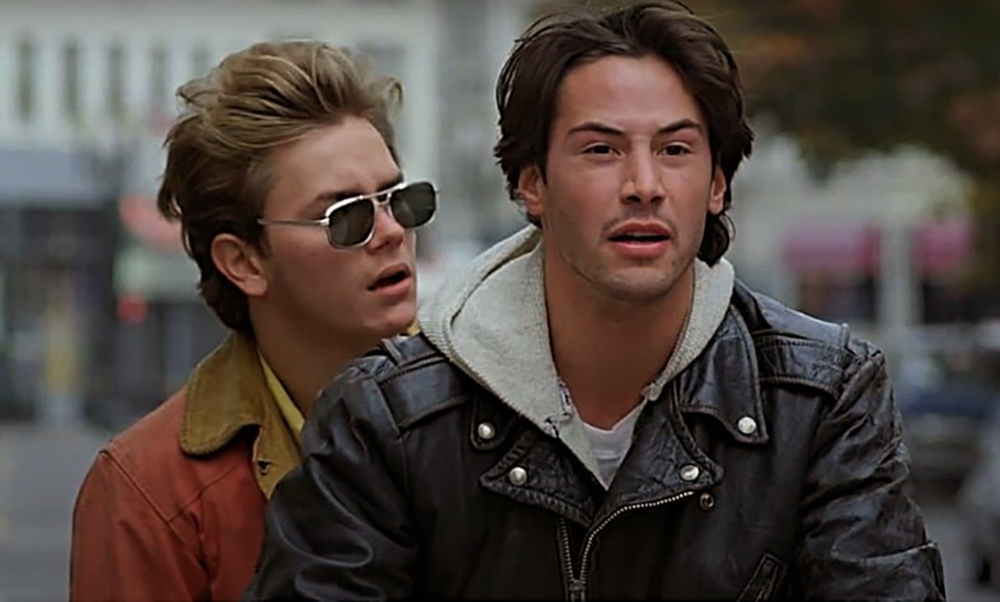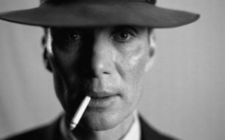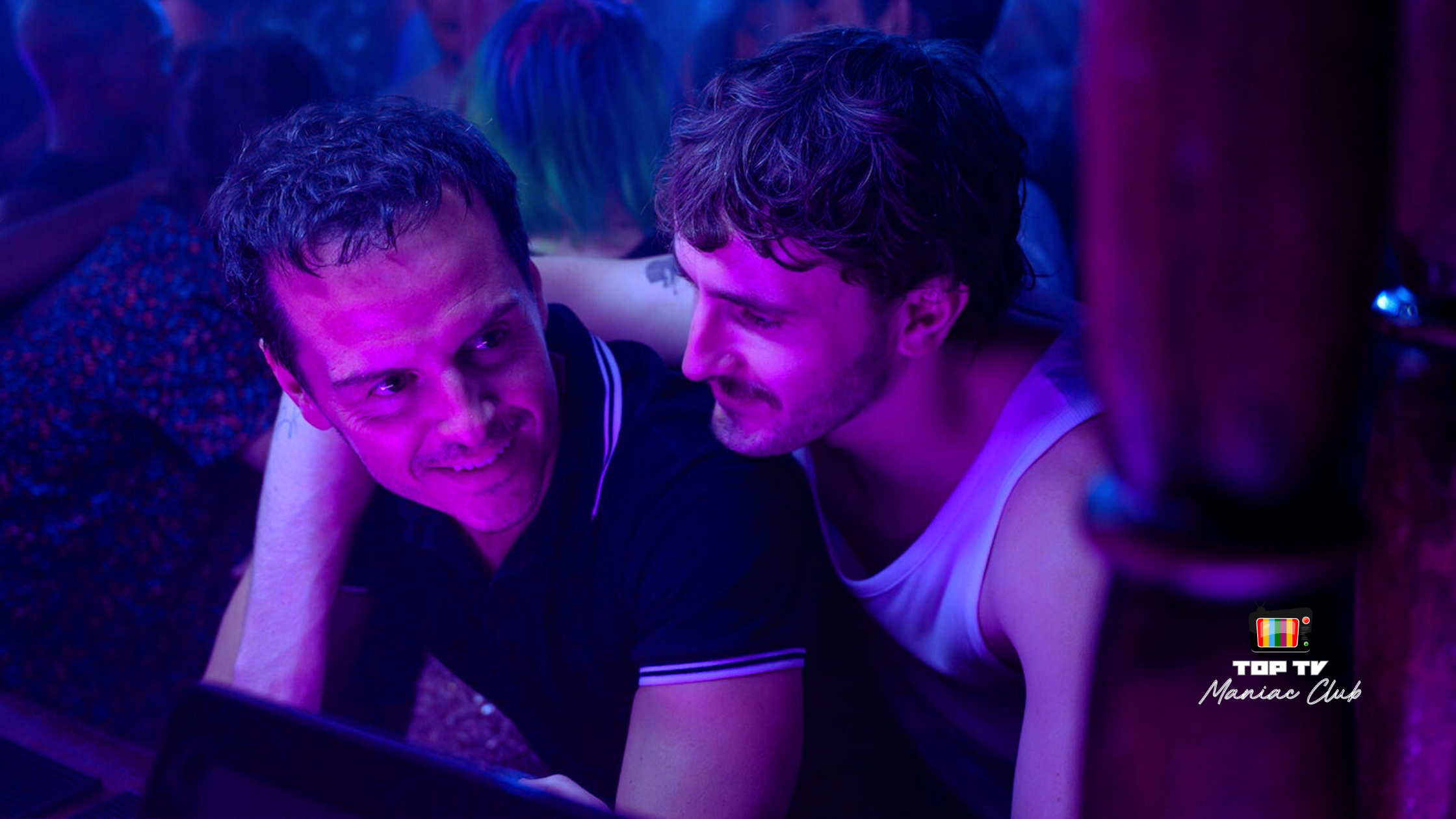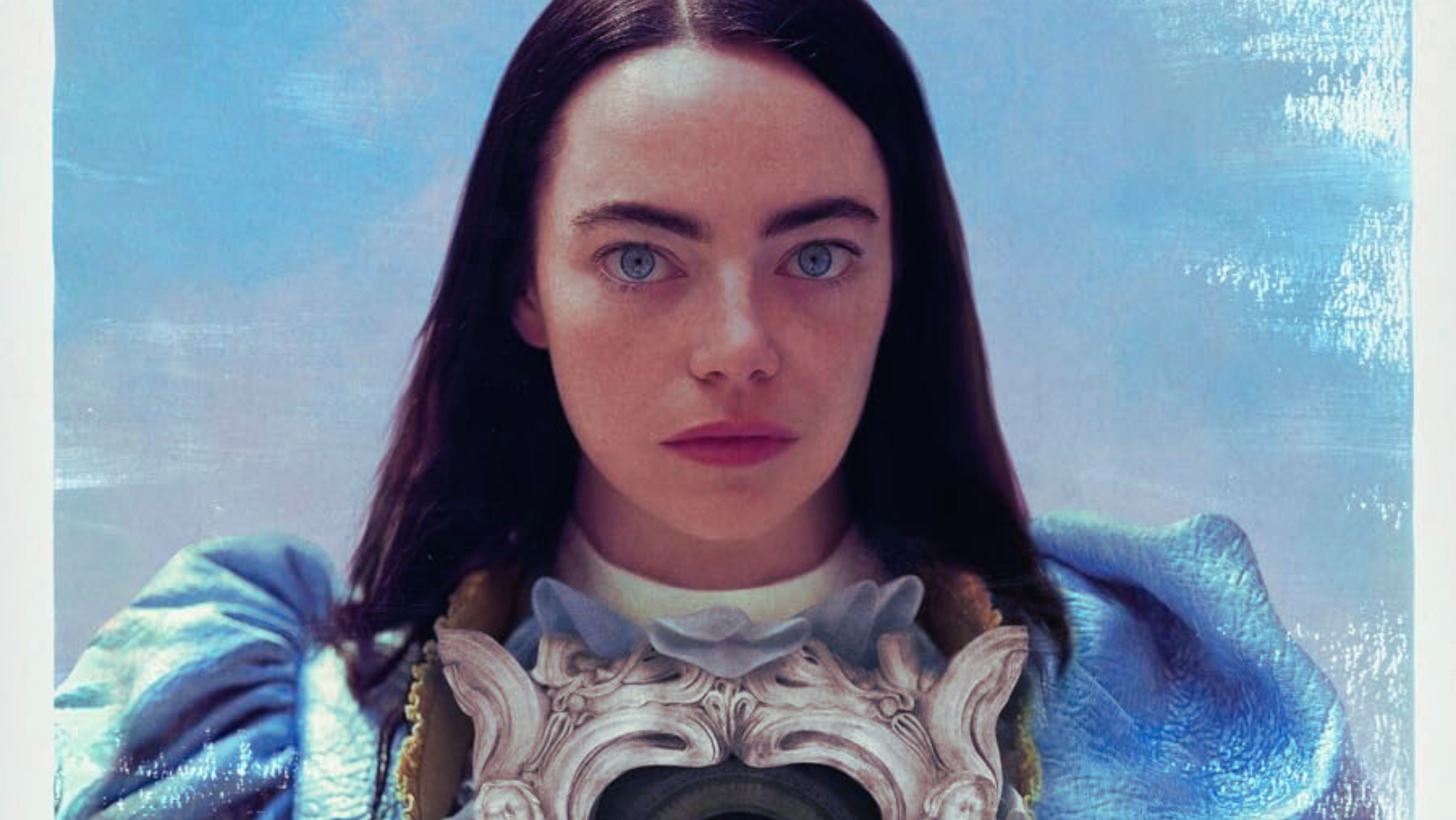Gus Van Sant built a brilliant career as a director in the 1990s taking his alternative and independent films to the mainstream, without compromising the artistic quality of his work. The director’s debut was in the 1985 low-budget film “Mala Noche”, but his breakthrough was in “Drugstore Cowboy” (1989), followed by the hit “My Own Private Idaho” (1991), a drama and romance movie, which became a cult contemporary film.
Van Sant has become an expert at portraying themes such as the emptiness and loneliness of human beings, the abandonment and rebellion of youth caused by dysfunctional families and traumas, the social exclusion and marginalization of a subjugated minority such as homosexuals, homeless people, the working class, prostitutes, among others. In his masterpiece “My Private Idaho” he explores these topics through the plot, characters and aesthetic. It features a beautiful cinematic that I would compare to a poem, inspired by Shakespeare’s classic play “Henry IV” through the style and conception of direction on set, actors performances and script dialogues.




“My Own Private Idaho” is about the eternal seeks of belonging somewhere, and be accepted by some group. It’s about finding your place in the world. It’s about finding affection in someone. The film revolves around Mike Walters, in a deep, brilliant, charming and moving performance by actor River Phoenix (who would tragically die of an overdose sometime later, interrupting at the height of his career), a young man who was born into a dysfunctional family, who has been left to fend for himself since his mother’s disappearance. He has romantic illusions about his mother’s abandonment, hoping to find her one day.
Mike prostitutes himself to survive on the streets of Portland and it’s on the streets that he finds the family he could never have. His friends are like him socially marginalised people, such as young male hustlers, poor people and homosexuals. Mike has narcolepsy, which causes deep sleep attacks when he has very strong emotions. It’s on the streets that he crosses paths with Scott Favor, played by Keanu Reeves (in his finest performance to date), another hustler, who has in common a sense of not belonging and abandonment by his family. Different from Mike, Scott comes from a rich family and in the future, he will be heir to a fortune. So, He decides to leave his father’s home to be free and provoke his father anger. His wealthy father has been rejecting him since his born because he is considered effeminate.



The film focuses on the relationship that born between the two young hustlers, rebels and misfits. The gentle, sensitive and dreamy Mike sees in Scott the possibility of finding the love and happiness he could never find. However, Scott, selfish and cold, even though emotionally involved by his friend, does not allow himself to live this adventure with his buddy, for a non-acceptance of himself. Mike declares himself in love with Scott gets back to his friend something painful like “I only go to bed with men for money, after all, there can be no love between men”.
Mike and Scott live in an old and abandoned building alongside other characters who are outcasts of society just like them, among them Bob Pigeon (William Richert), a loser, thief and homeless person, who is something of a leader and father to the young boys and girls from that congregation. They are the family that the streets gave to them.




Mike decides to look for his mother and they two depart from Portland to Idaho on an old motorcycle, in a stunning cinematic sequence, that the plot explores a road trip moment. They fly from Idaho to Italy seeking Mike’s mother, and more adventures they live over there until Scott find a love affair with a young Italian woman, and then he abandons Mike who feels broken heart.
The film is pure art and certainly the first masterpiece created by Gus Van Sant that would direct later other Cinema phenomena as “God Will Hunting” (1997), “Finding Forrest” (2000) and “Milk” (2008). Van Sant grew up in a wild era for cinema, amid an explosion of radical underground movies as Andy Warhol movies, but also on the cusp of New Hollywood. His art is a symptom of both trends styles. In a period that creates stories of marginalised minorities was taboo in Hollywood, even if not explicitly, this film does represent a political and social act.
Watch the trailer below




